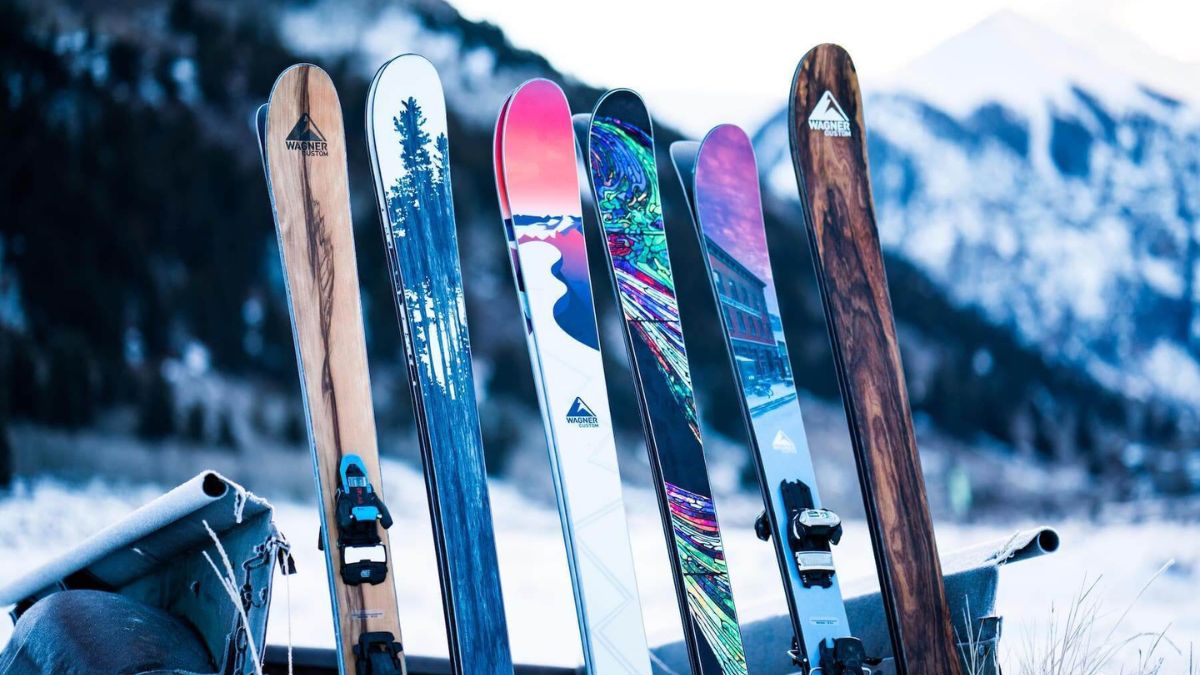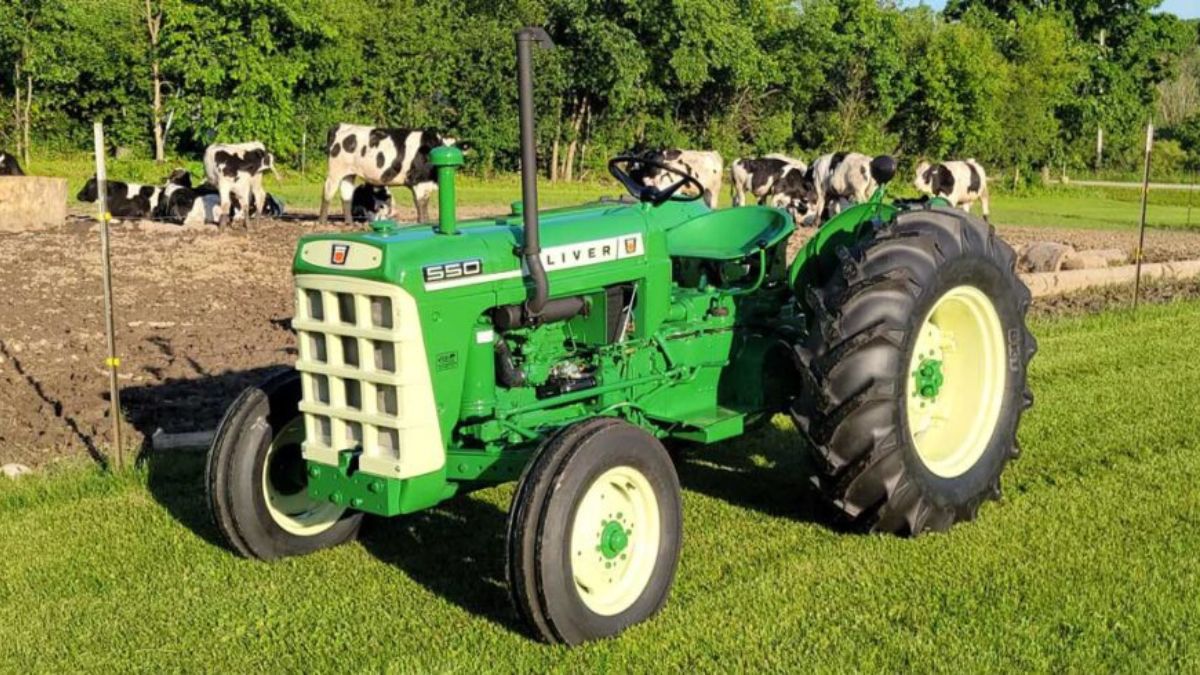When it comes to hitting the slopes, having the right gear can make all the difference between a thrilling day of skiing and an uncomfortable one. Whether you’re carving down groomed trails or navigating off-piste adventures, your equipment is your lifeline. A well-chosen pair for a skier doesn’t just enhance performance; it boosts confidence and ensures safety too.
But what exactly does that perfect pair consist of? From skis and bindings to boots, outerwear, and vital accessories—each piece plays a pivotal role in your skiing experience. Let’s dive into the essential gear that every skier should consider before embarking on their snowy escapades.
Pair for a Skier and Bindings
When you think about a pair for a skier, the skis and bindings are at the forefront. They form the foundation of your entire skiing experience. Skis come in various lengths and shapes, tailored for different styles, whether you’re carving on groomed trails or navigating powder.
Bindings are equally crucial; they connect your boots to the skis while allowing for flexibility. A good binding should release during falls to prevent injuries but remain securely attached under normal conditions.
Look for compatibility between your ski type and bindings to ensure optimal performance. Many brands design systems that work seamlessly together, which can enhance your overall ride.
Don’t overlook weight either—lightweight options can make all the difference when you’re tackling those long runs or challenging terrains. Investing time in selecting the right pair will elevate your skiing adventures tremendously.
Boots and Socks
The right boots can make or break your skiing experience. They should fit snugly without pinching, providing support for your ankles and feet. Look for models that offer a good balance between comfort and performance.
Ski socks are just as crucial. Opt for moisture-wicking materials to keep your feet dry throughout the day. Avoid cotton, as it traps moisture and leads to cold toes.
Thickness matters too; you want warmth but not so thick that they compromise fit inside the boot. A seamless design is ideal to minimize pressure points during long runs down the slopes.
Don’t forget about layering! Some skiers prefer wearing lighter liners under their ski socks for added insulation without bulkiness. This combination ensures that every part of your foot is cozy while maximizing control on the mountain.
Outerwear and Layers
When it comes to skiing, outerwear and layers are crucial for comfort and performance. The right jacket is your first line of defense against wind and snow. Look for waterproof materials that breathe well.
Base layers play a significant role too. Opt for moisture-wicking fabrics to keep sweat away from your skin. This will help regulate body temperature during those intense runs down the slopes.
Next comes insulation—think lightweight yet warm options like fleece or down jackets. They provide extra warmth without adding bulk, making movement easier.
Don’t forget about pants! Insulated ski pants with adjustable waists can add comfort while keeping you dry in various conditions.
Layering isn’t just practical; it allows you to adapt as weather changes throughout the day. Choose pieces that fit well together so you can easily mix and match as needed on the mountain.
Safety Equipment and Accessories
Safety should always be a priority for any skier. Investing in the right safety equipment can make all the difference on the slopes.
A helmet is an absolute must-have. It protects your head from impacts and keeps you safe during unexpected falls or collisions.
Goggles are another essential accessory. They shield your eyes from harmful UV rays, wind, and snow glare while improving visibility in varying light conditions.
Don’t overlook wrist guards and knee pads either. These items offer added protection against common injuries that may occur during skiing activities.
Additionally, consider avalanche safety gear if you’re venturing into backcountry terrain. Beacons, shovels, and probes are critical tools that can save lives in emergencies.
Ski straps for securing your skis when not in use keep everything organized and reduce the risk of accidents while carrying your gear around.
How to Choose the Right Gear for You?
Choosing the right gear for a skier involves several factors. First, consider your skill level. Beginners may need more forgiving equipment, while advanced skiers might seek high-performance options.
Next, think about the type of skiing you plan to do. Are you hitting groomed trails or venturing off-piste? This decision will influence your choices significantly.
Fit is crucial as well. Always try on boots and check their snugness without being restrictive. The right fit enhances comfort and control.
Don’t forget to factor in weather conditions and layering needs. Your outerwear should protect against wind and moisture but also be breathable.
Budget plays a vital role. Quality gear can be an investment; however, prioritize essentials over brand names to find what truly suits your style and preferences.
Conclusion : Pair for a Skier
When gearing up for a day on the slopes, having the right pair for a skier is essential. The perfect combination not only enhances performance but also ensures safety and comfort throughout your adventure.
Choosing high-quality skis and bindings can transform your experience, allowing you to navigate various terrains with ease. Equally important are boots and socks that provide support while keeping your feet warm. Layering appropriately with outerwear will help regulate body temperature as conditions change throughout the day.
Safety equipment can’t be overlooked; helmets and goggles protect against unexpected falls or weather elements. Accessories like gloves, neck gaiters, and ski packs round out a comprehensive setup that meets all needs on the mountain.
Selecting gear tailored to your skill level, preferred style of skiing, and local conditions is crucial in making informed decisions. Always try different options to find what feels best for you before hitting those snowy trails.
Invest time in researching each component of your kit so you’re fully prepared when winter calls you back to the slopes. Whether you’re zooming downhill or enjoying leisurely runs with friends, remember: having the right pair for a skier makes all the difference.










